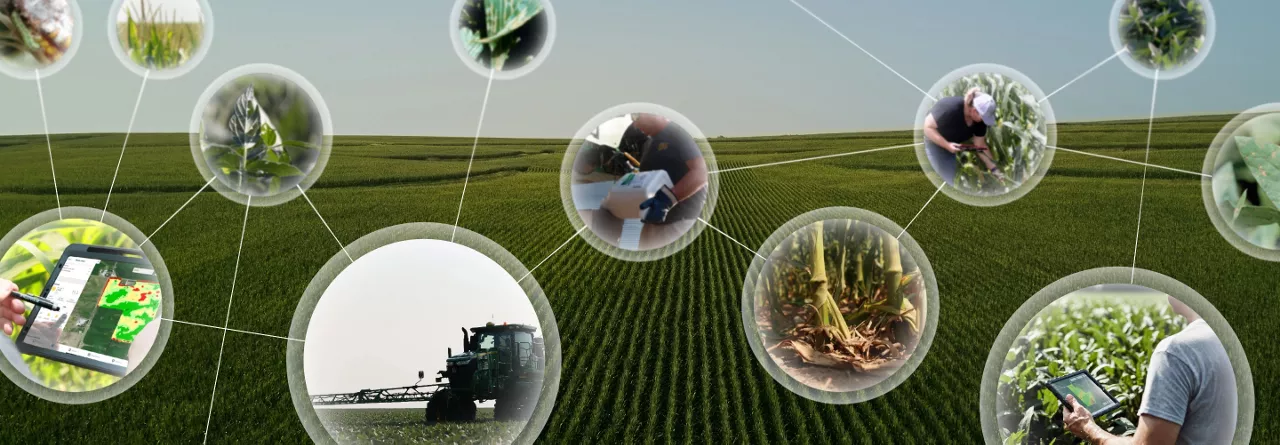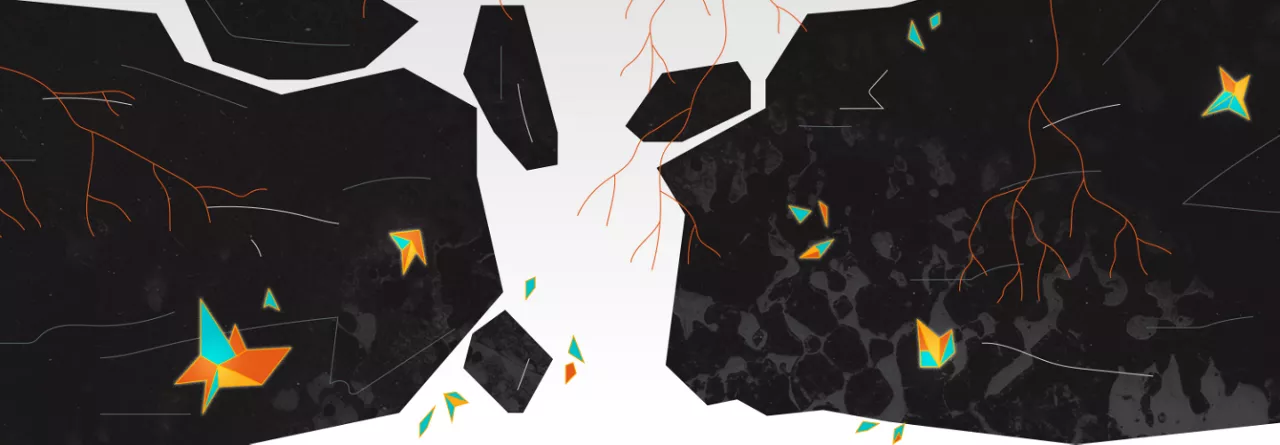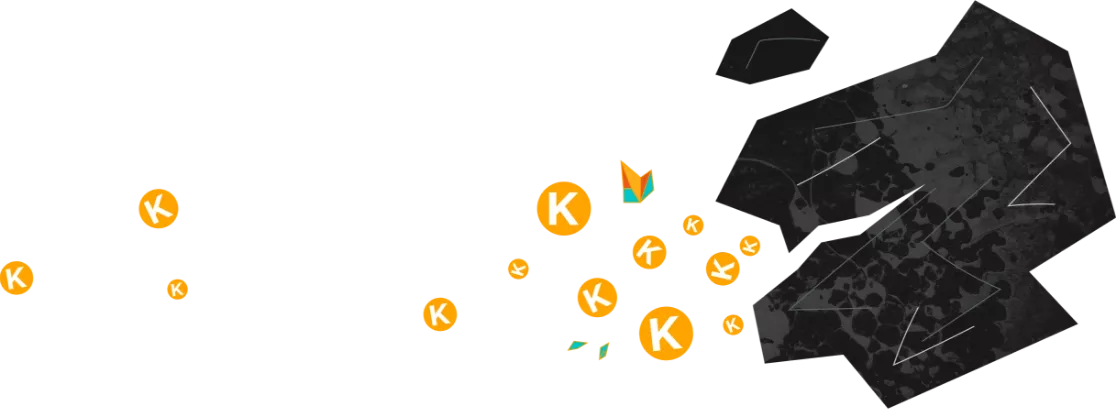
A Grower’s Guide to Weather-Driven Crop Protection
Amidst changing weather patterns, unpacking the connection between nature and crop health can be incredibly complex.
During the unforgiving cold, Mother Nature continues nurturing the soil with natural cycles that repair and replenish the world beneath our feet.

As you prepare for the upcoming planting season, I'm sure you're occupied by things other than soil. And for good reason. When the ground is frozen, there's little you can do. But as a scientist, I assure you, this time in the soil is far from uneventful. During the unforgiving cold, Mother Nature continues nurturing the soil with natural cycles that repair and replenish the world beneath our feet.

Across the country, freeze-thaw and wet-dry cycles are taking place. All of this leads to a miraculous, underground exchange of potassium. Clay minerals in the soil help replenish what was consumed in the growing season. This is a major reason why potassium levels are higher in the spring — they’ve been given a dose of this element from helpful clay minerals like illites, vermiculites and smectites.
Given the weight of modern-day farming equipment, some amount of soil compaction is expected. Fortunately, Mother Nature helps forgive our sins of compaction. When ice crystals form in the soil, they force some soil particles together and push others apart. As the ice melts, the flow of water carves new pathways into the soil. In certain clay soils, the wet-dry cycle also creates a similar expansion and contraction effect to reform the soil structure. By some estimates, frequent freeze-thaw and wet-dry cycles can reduce compaction by 45% to more than 70% (in the top foot of soil). When you don't have to pay for fuel, equipment or labor, this has to be the most economical way to till fields.
The chemical reactions that occur over the winter can cause phosphorus and nitrate nitrogen to leach out of the soil. Cover crops are a time-tested method of prevention. But you've probably heard that before. What you may not realize is that cover crops could soon add profit to your bottom line. We are conducting some exciting trials for the Bayer Carbon Initiative to help farmers earn carbon credits by adopting cover crops, no-till or strip-till.

While your soil is regenerating itself, you can make a plan for next season. These winter months are the perfect time to collect, analyze and learn from last fall. As you get soil tests back from the lab, upload the results onto FieldView™. Just like your harvest and planting data, you want to build a library of soil data to spot trends over time. FieldView enables you to use soil data as a map layer to compare other map views, so you can quickly see how it correlates to yield. And more practically, by dropping a pin, you can make sure your sample is from the same spot every single year.
Good luck! Make sure to take a cue from your soil and replenish yourself over the winter.